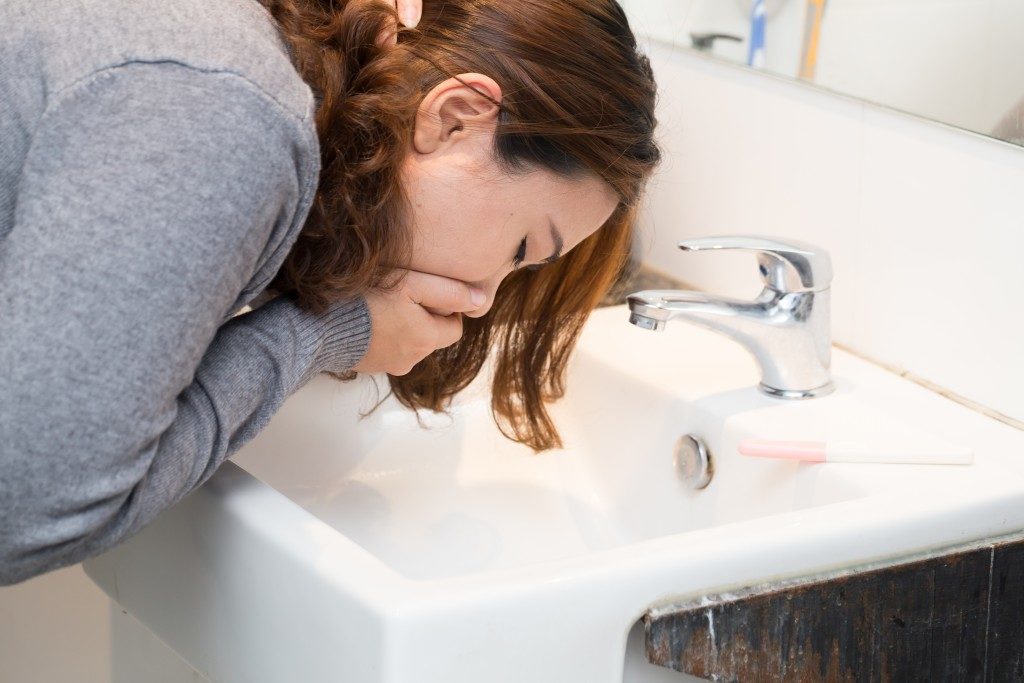Lead is poisonous to humans when absorbed through the skin, swallowed, or inhaled. When it enters the human body, it spreads readily through the bloodstream and affects all bodily systems. It can even cause anemia and hinder calcium absorption.
Lead toxicity can cause problems in bones as well as muscles, nerves, and blood vessels. Acute toxicity results from exposure to high levels in a short time. Chronic toxicity results from exposure to small amounts. From these alone, you should be alarmed.
What are the signs of lead poisoning?
 You must always be vigilant to protect your family from the hazardous effects of lead toxicity. The metal is harmful, especially to children who are younger than six years old. Children would ingest bits of old paint out of curiosity and without awareness of the harm it can cause them. The toxin will not spare them and once exposed, they are vulnerable to being sick.
You must always be vigilant to protect your family from the hazardous effects of lead toxicity. The metal is harmful, especially to children who are younger than six years old. Children would ingest bits of old paint out of curiosity and without awareness of the harm it can cause them. The toxin will not spare them and once exposed, they are vulnerable to being sick.
Some of the signs of lead poisoning are headache, pallor, poor attention, appetite loss, fatigue, irritable behavior, constipation, abdominal pain, vomiting, and in some cases, seizures. When a fetus is exposed to lead, it may be born with developmental delay. Known problems associated with lead poisoning in newborns are premature birth, low birth weight, and slowed growth.
Is your home lead-free?
Before it was banned in 1978, lead paint was the main source of lead exposure in American homes. Yet, despite the ban, millions of homes in the United States still contain lead. Old paint can flake off and release the compound in the air. Leeching makes poisonous lead available, and those who are exposed are at risk. Other sources of lead in homes are plumbing (pipes, solders, and fixtures) and gasoline pipes.
How can you determine the presence of the toxin in your home?
There are specific areas in the house that must be tested for lead paint. These are doors and thresholds, sidings and trim, cabinets, window sills, baseboards, and painted furniture. Lead may also be present in the soil. The best places to test are areas around the house, pathways without paving, and areas of land where chipping paint falls off. Lead may also be present in the water supply when the plumbing is corroded. Hot water pipes with lead soldering are primary sources of the toxic metal.
Test kits are available, and the best kinds would indicate the presence of lead accurately. Typically, a color change would indicate the presence of lead in test samples. These kits can detect levels as low as 2,000 ppm (parts per million). Nevertheless, the risk of exposure makes do-it-yourself testing a dangerous proposition. Instead of using home testing kits, you can commission a home inspection professional in Orem to perform the task.
Lead is a naturally occurring mineral. It has been removed from the crust through mining, and it can be found everywhere as a component of manufacturing industries. Lead used to be a common ingredient in paints, but dire effects of lead toxicity have led to a worldwide ban. Keep your family safe from lead exposure by commissioning home testing for the presence of lead.


